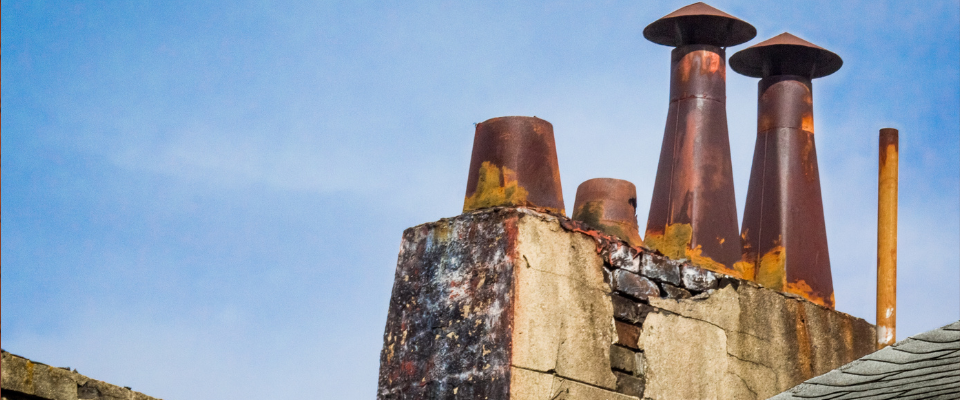Flue
floo
The flue is an essential part of the building’s ventilation system, particularly in structures with combustion appliances. It is typically constructed of metal, clay tile, or other heat-resistant materials and is designed to safely channel combustion gases and smoke from the appliance to the outside of the building.
The design and installation of the flue must comply with building codes and manufacturer specifications to ensure proper ventilation and prevent the risk of carbon monoxide poisoning, fire hazards, and structural damage. Flues are often insulated to prevent condensation and improve draft efficiency, especially in colder climates.
Builders and contractors must carefully plan and install flues to ensure that they are properly sized, positioned, and supported to accommodate the specific heating appliance and meet safety requirements. Regular maintenance and inspections are also important to keep the flue in good condition and ensure the safe operation of the heating system.
Inspectors may use specialized tools such as flashlights, mirrors, and cameras to inspect the interior of the flue for any defects or obstructions that may not be visible from the exterior. They may also conduct a smoke test or use a combustion analyzer to assess the draft and airflow within the flue.
Experience the DILIGENT Difference
With DILIGENT, you can understand the value of your potential home investment by skipping the guesswork and gathering deeper information about your new home with our detailed reports provided the same day as your inspection.


